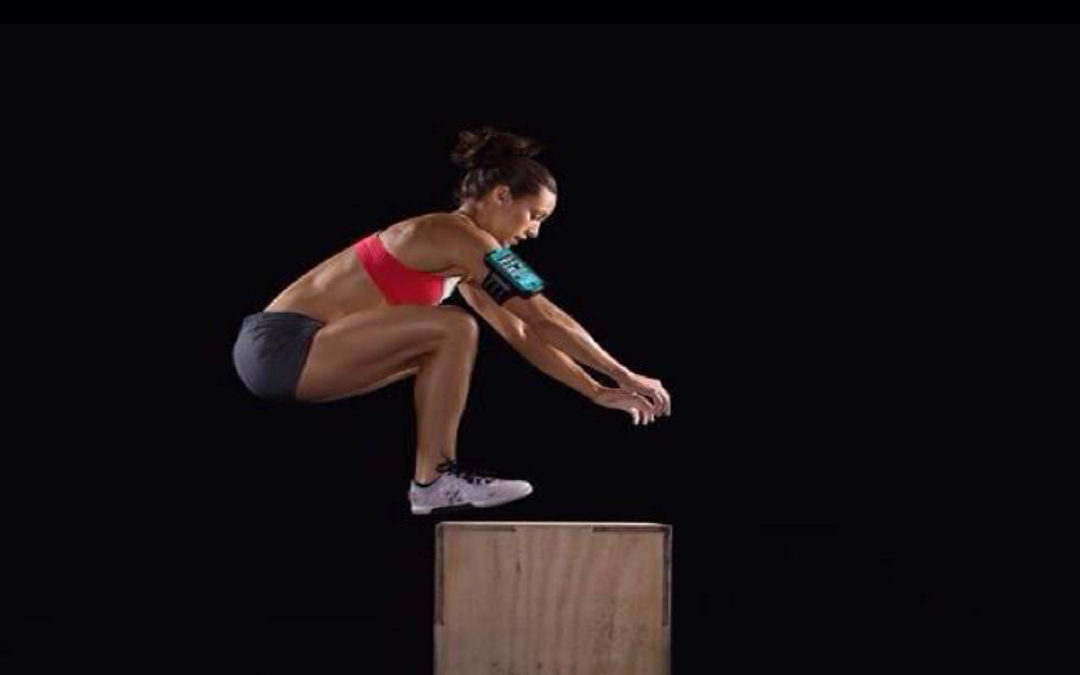Jump into Plyo – the benefits of power to rowing.
This week’s blog is connected to our current theme of warm ups, cool downs and training principles. It touches on an area that we are constantly interested in and asking questions on – do we train as effectively as we could ?
As we know, rowing is a high-intensity sport with average 2k race times between 5.5 – 7mins, at least at the elite end, and it calls on many aspects of athleticism; power, strength, endurance – aerobic and anaerobic systems are both taxed.
Aerobic metabolism is estimated to contribute 67–84% of the energy requirement during racing. This is the same for in-boat vs erg comparisons. Due to this the predominant training we do is based on aerobic work, however there are multiple research proven determinants of rowing performance. In fact, measures of peak force and power over a maximal five-stroke test were two of the highest determinants for 2-km ergometer performance, so anaerobic systems are also vital.
With this in mind we are exploring the following study;
The Effect of Concurrent Plyometric Training Versus Submaximal Aerobic Cycling on Rowing Economy, Peak Power, and Performance in Male High School Rowers by Julian D. Egan-Shuttler, Rohan Edmonds, Cassandra Eddy, Veronica O’Neill and Stephen J. Ives, published in the journal; Sports Medicine. Forget the fancy title, this could be seen to just ask the overall question of – should we use more explosive movements in our training?
Plyometric training has been shown to increase muscle power, running economy, and performance in other athletes. Despite its use by some rowing coaches, it is unknown whether plyometrics might improve rowing economy or performance.
From the study:
The purpose was to determine if plyometric training, in conjunction with training on the water, would lead to improved rowing economy and performance.
Methods
Eighteen male high school rowers were assigned to perform 4 weeks of either plyometric training (PLYO, n = 9) or steady-state cycling below ventilatory threshold (endurance, E, n = 9), for 30 min prior to practice on the water (matched for training volume) 3 days per week. Rowing performance was assessed through a 500-m rowing time trial (TT) and peak rowing power (RP), while rowing economy (RE) was assessed by measuring the oxygen cost over four work rates (90, 120, 150, and 180 W).
Results
Rowing economy was improved in both PLYO and E (p < 0.05). The 500-m TT performance improved significantly for PLYO (from 99.8 ± 9 s to 94.6 ± 2 s, p < 0.05) but not for E (from 98.8 ± 6 s to 98.7 ± 5 s, p > 0.05). Finally, RP was moderately higher in the PLYO group post-training (E 569 ± 75 W, PLYO 629 ± 51 W, ES = 0.66)
Conclusions:
In a season when the athletes performed no rowing sprint training, 4 weeks of plyometric training improved the 500-m rowing performance and moderately improved peak power. This increase in performance may have been mediated by moderate improvements in rowing power, but not economy, and warrants further investigation.
So in summary, it is clear that this sort of training has an impact. The fact that the study is a small sample size and saw no effect on efficiency is a concern but efficiency is also just a fact of good movement and good technique. There are clear benefits to this training and it should be included as part of a well rounded and moment variable training regime. In our opinion volume is often flogged too much and it would be great to see the longer term effects of a more anaerobic inclusive program under analysis. Food for thought for now but we will keep you informed as always.
You can find more on the actual article at: http://sportsmedicine-open.springeropen.com/articles/10.1186/s40798-017-0075-2.

